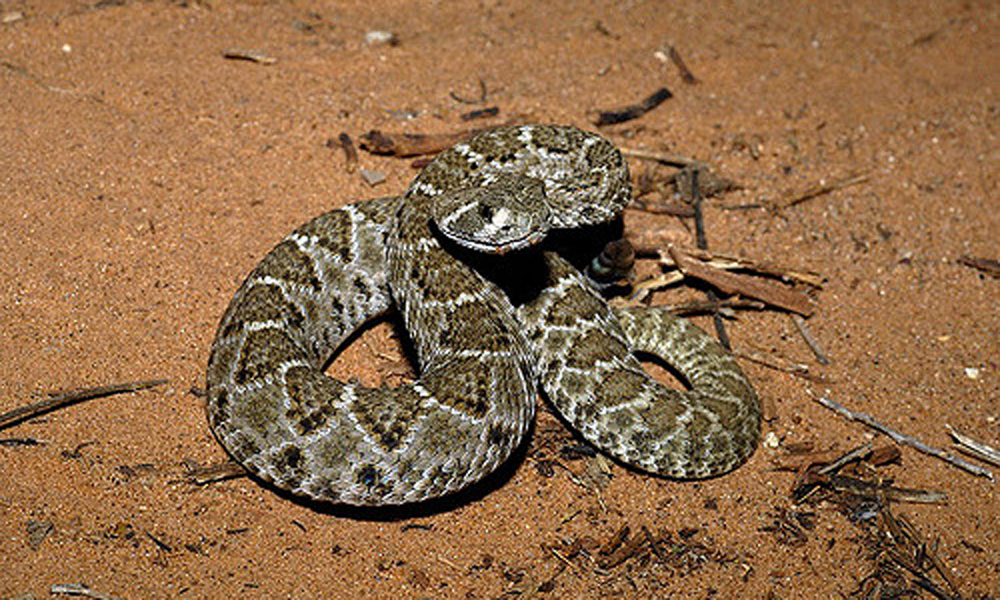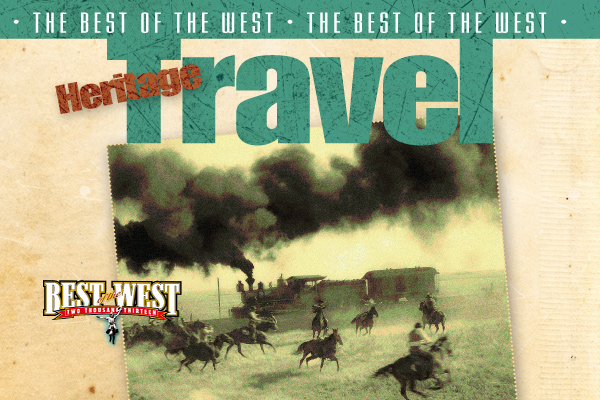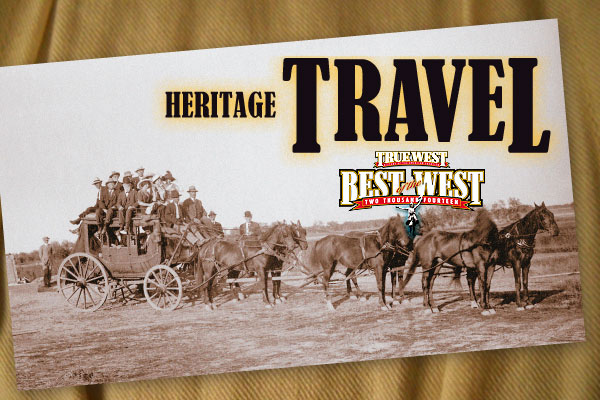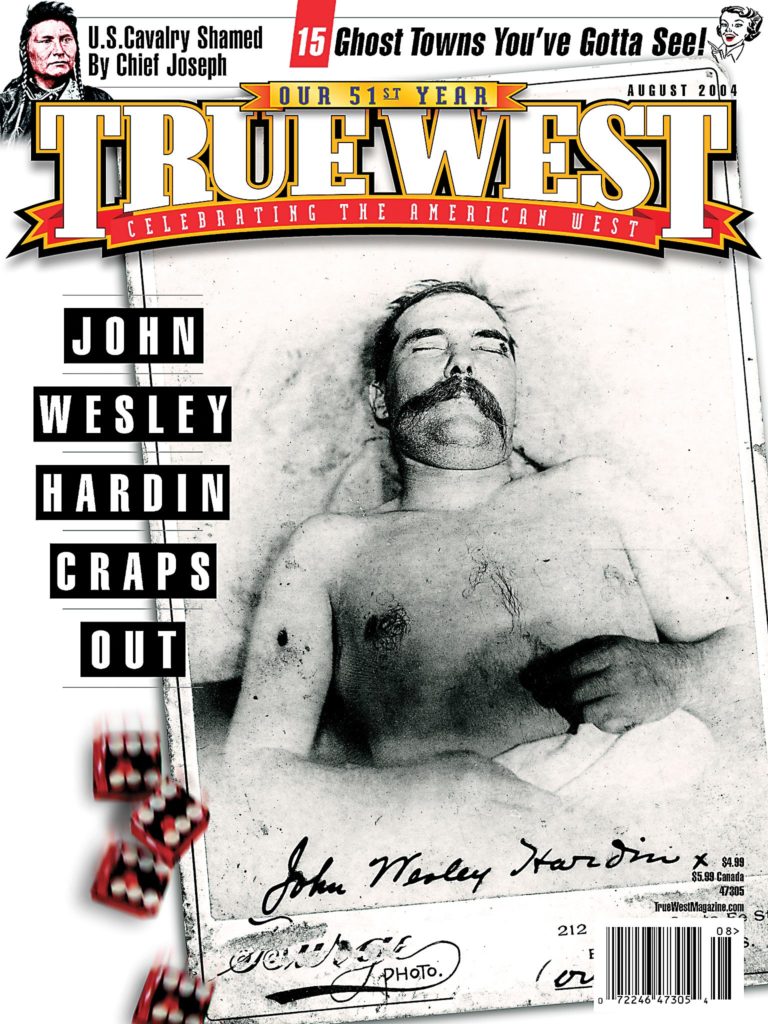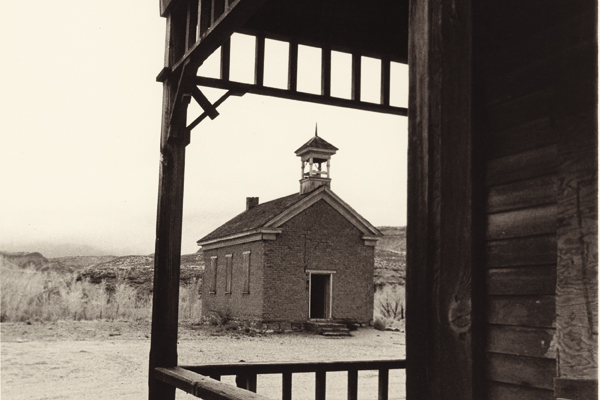 Tombstone, Arizona, survived. Scabtown, Texas, didn’t. Then, there are the other burgs, those that boomed, died and yet, in a way, still live. We call them ghost towns, and we love ’em.
Tombstone, Arizona, survived. Scabtown, Texas, didn’t. Then, there are the other burgs, those that boomed, died and yet, in a way, still live. We call them ghost towns, and we love ’em.
If you enjoy traipsing around historic places, here are 15 sites that offer more than commercialized ghost towns full of funnel cake or other settlements that have been reduced to cacti and memories.
These towns prove that the spirit of the West endures, even when the populations fade.
Bannack, Montana: Montana’s first capital is best known for pseudo-sheriff Henry Plummer, who wore out his welcome and got his neck stretched by vigilantes. Bannack’s status as a state park has helped make it among the West’s best preserved ghost towns.
Bodie, California: “Goodbye, God,” a girl wrote after learning that she was moving here, “I’m going to Bodie.” (Or, was it, “Good, by God I’m going to Bodie”?) Bodie, which boomed to 10,000 folks and produced $25 million in gold and silver, remains in the top of its class. It even has its own website (www.bodie.net).
Elizabethtown, New Mexico: New Mexico’s first incorporated city had a checkered past, including Charles Kennedy, who murdered travelers at his place on the road to Taos. Overshadowed today by nearby resorts Angel Fire and Red River, E-Town still comes to life during summer months, especially for Gold Rush Days in July.
Elkhorn, Montana: Soon after its birth around 1870, Elkhorn sported 14 saloons and was so rich, the gold and silver production is said to have totaled $14 million during the town’s heyday. Today, it’s a picture-perfect ghost town with store facades and warped planks.
Gleeson, Arizona: Sun-baked Gleeson, originally named Turquoise, survived from about 1890-1940 as a copper-mining town with a peak population of 500. The desert has reclaimed much of Gleeson, although a few ruins are scattered about.
Grafton, Utah: Mormons founded Grafton in 1859, intent on growing cotton. Grafton survived natural disasters and Indian uprisings, and later became a hub of not only cotton but also silk. If the town looks familiar, picture Butch Cassidy and the Sundance Kid. Parts of it, and other movies, were filmed here.
Marietta, Nevada: A boomtown for silver, then salt, and finally borate, Marietta persevered—despite 30 stagecoach robberies in 1877—until the 1920s. Today, visitors may photograph relics and ruins among the sagebrush, and perhaps a wild burro or two.
Mogollon, New Mexico: In addition to a bonanza of silver and gold, Mogollon also produced calamitous fires in 1894, 1904, 1910, 1915 and 1942, and deadly floods in 1894, 1896, 1899 and 1914. People still live here, though. “What do they do here?” a visitor once asked. “They hide,” he was told.
Pearce, Arizona: Named after Tombstone miner Jimmie Pearce, Pearce sprang to life in the 1890s around Pearce’s Commonwealth Mine, which he sold for $250,000. Before the mines closed in 1930, 1,500 called Pearce home. Only a few live here today, but Pearce does have a museum and a post office.
Shakespeare, New Mexico: Originally known as Mexican Springs, about 200 hardy souls carved out a brutal existence here in 1884, but the death of silver mining turned this into a ghost town. Privately owned, Shakespeare is well-intact, despite a 1997 fire, and open for tours on select dates.
Shafter, Texas: Named after lard-ass martinet William Shafter, this Chinati Mountains settlement served as the silver capital of Texas from 1880-1942. Many ruins remain, along with a few diehard residents, not to mention rattlesnakes.
Silver City, Idaho: Talk about rich. The Poorman Mine’s ore assayed at $5,000 a ton. Despite losing the county seat in 1935, Silver City and its historic Idaho Hotel remain popular tourist destinations today.
Silver Plume, Colorado: The picturesque settlement boomed from the early 1870s, surviving a fire in 1884 before succumbing, more or less, to the Panic of 1893. False-fronted streets and an interesting graveyard are among the highlights of this Georgetown Loop railroad site.
South Pass City, Wyoming: A leader in the women’s suffrage movement (the first female justice of the peace held court here in 1870), South Pass controlled Western Wyoming until the mines quickly played out. Several restored structures at the state historic site, however, preserve its legacy.
Terlingua, Texas: Beginning in the 1880s, production of quicksilver brought life to Big Bend country. The dusty ruins draw plenty of tourists, perhaps even a few who have never heard of the internationally famous championship chili cook-offs held here.
Tip for a successful marriage: For every ghost town Johnny D. Boggs drags his wife to, he must reciprocate by taking her to a retailer of her choosing.


